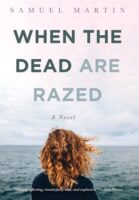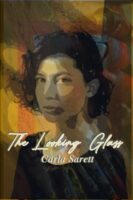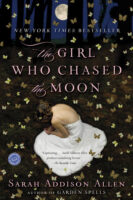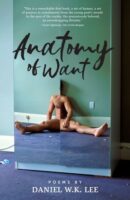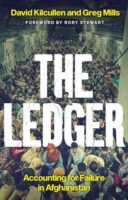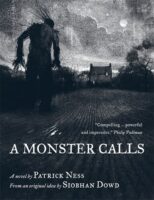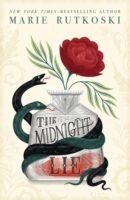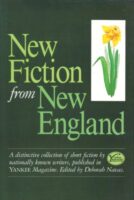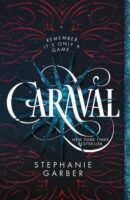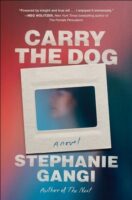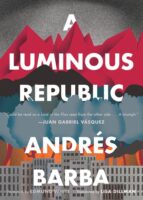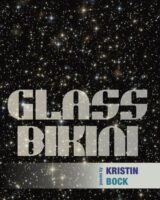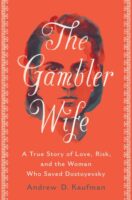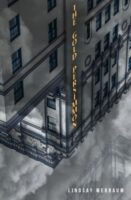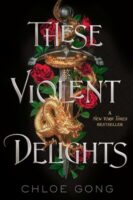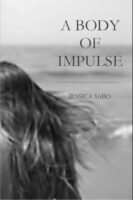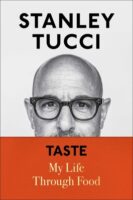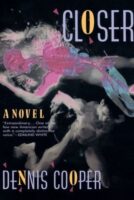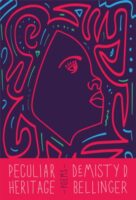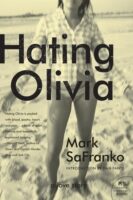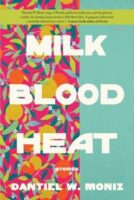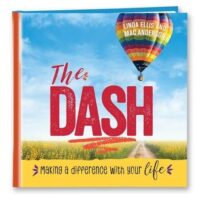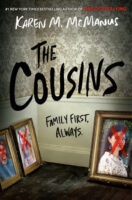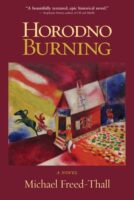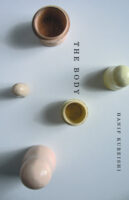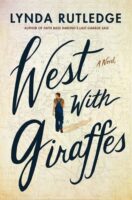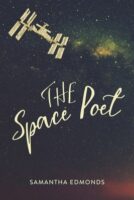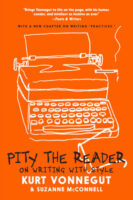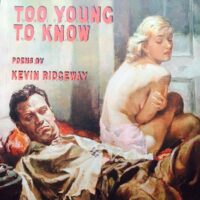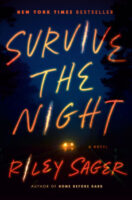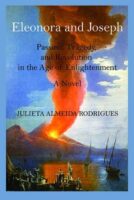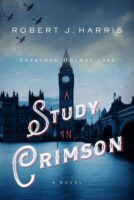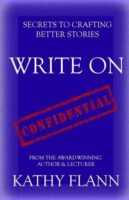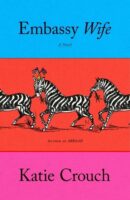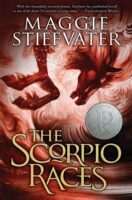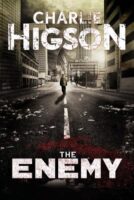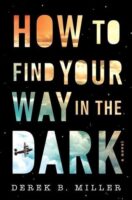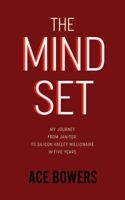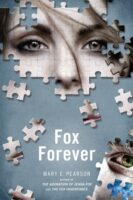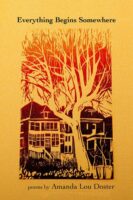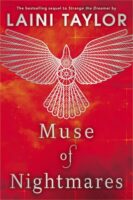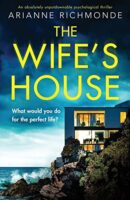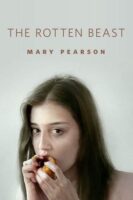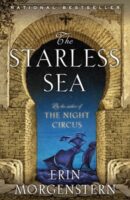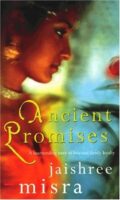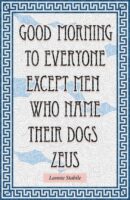Guest Post by Elizabeth Genovise.
Samuel Thomas Martin, author of This Ramshackle Tabernacle and A Blessed Snarl, has produced a third work of high-caliber fiction: When the Dead are Razed, published by Slant Books. With the mesmerizing setting of urban Newfoundland as its backdrop, the novel follows the perilous adventures of Teffy Byrne, a woman determined not to raze the dead, but rather to seek justice on their behalf.
Long-interred mendacities, deeply troubled faith, and the constant threat of catastrophe keep the strings tight and ringing throughout the entire narrative as Teffy strives to solve the mystery of a young woman’s murder. There is both shadow and light in these characters and in the novel itself, with moments like these speaking to us from someplace raw and real and painfully recognizable: “She hears a creak and spins, searches the tear-smudged room, but there’s no one there. Not a soul. Only her. Her and the goddamn wind. ‘And you!’ she turns on Christ. ‘Why is it that we ask and ask and ask and you do nothing? You do nothing! Not for me or Fin or Ger. Not for any of us! Who are you!?’ she screams. ‘Who are you to shuck off being God!'”
Martin’s novel is a wild ride, but its sensational plot does not undercut its exploration of critical ideas, specifically the necessity of memory, truth, and justice.
When the Dead are Razed by Samuel Thomas Martin. Slant Books, September 2021.
Reviewer bio: Elizabeth Genovise is an MFA graduate from McNeese State University and the author of three short story collections, the most recent being Posing Nude for the Saints from the Texas Review Press. https://www.elizabethgenovisefiction.org/

